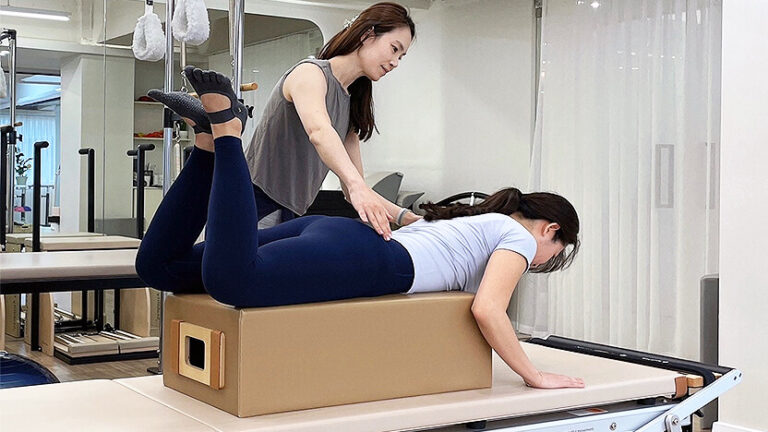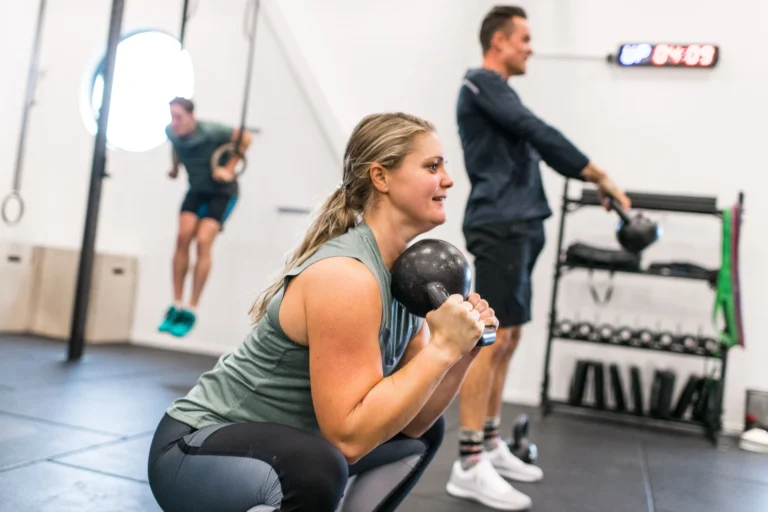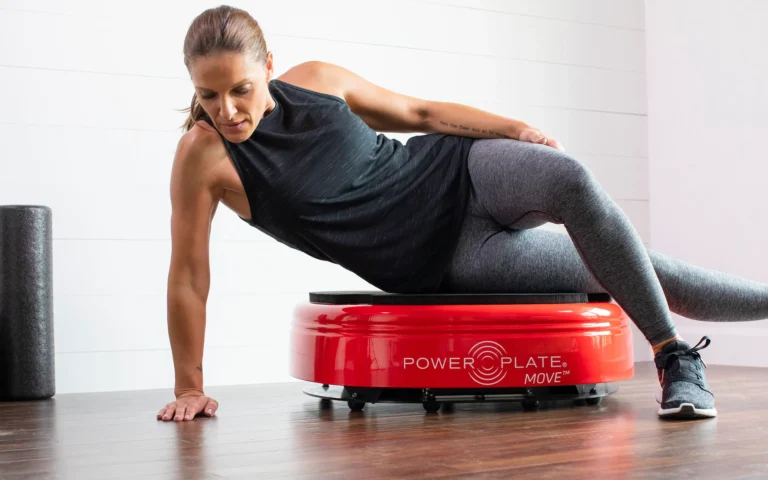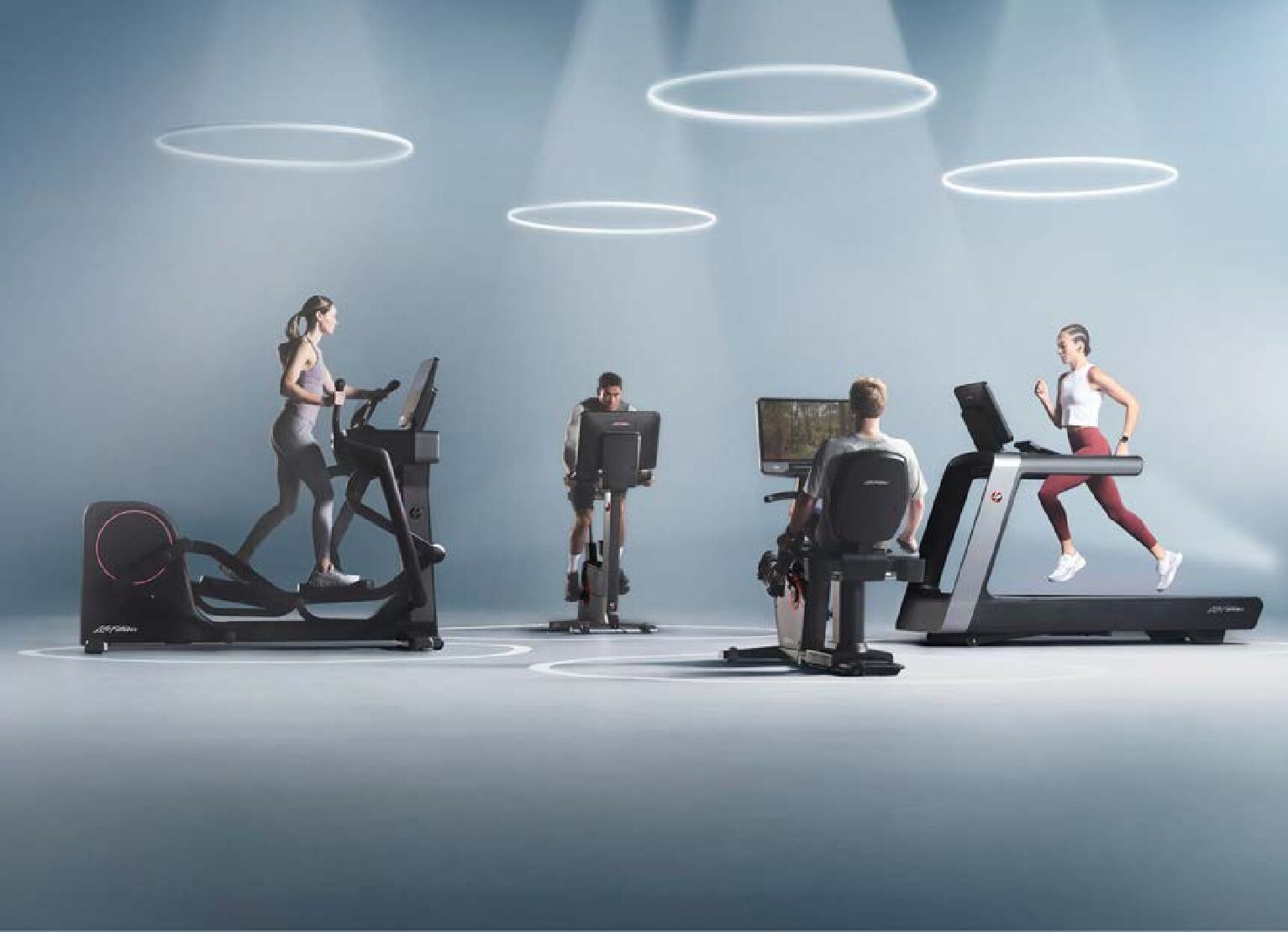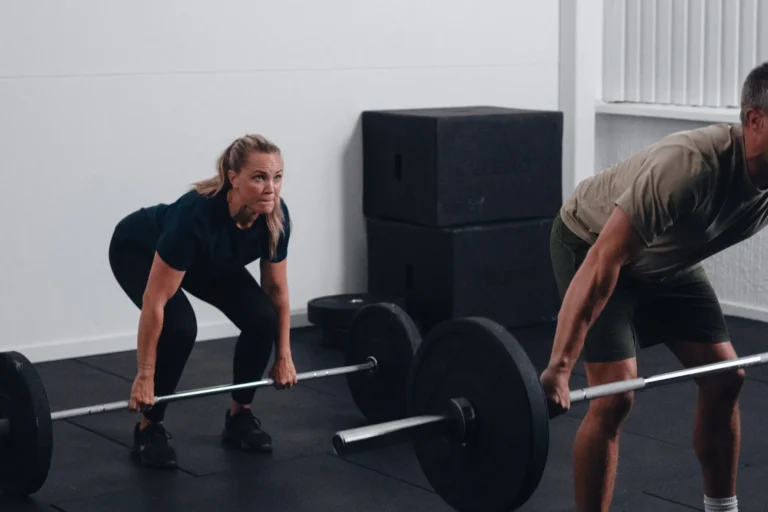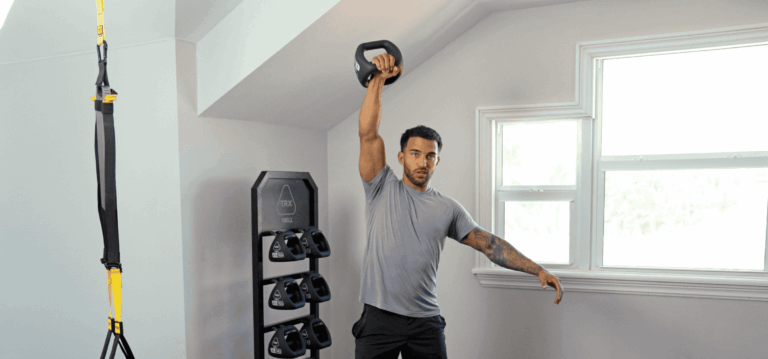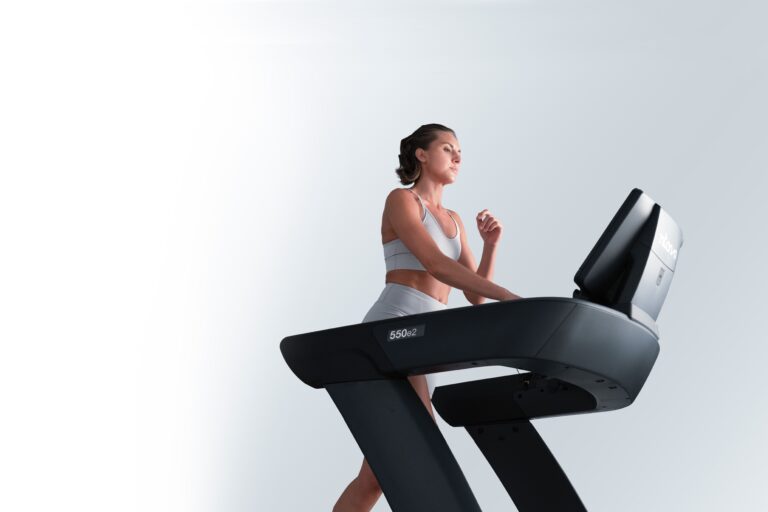The Under-Appreciated Benefits of Strength Training
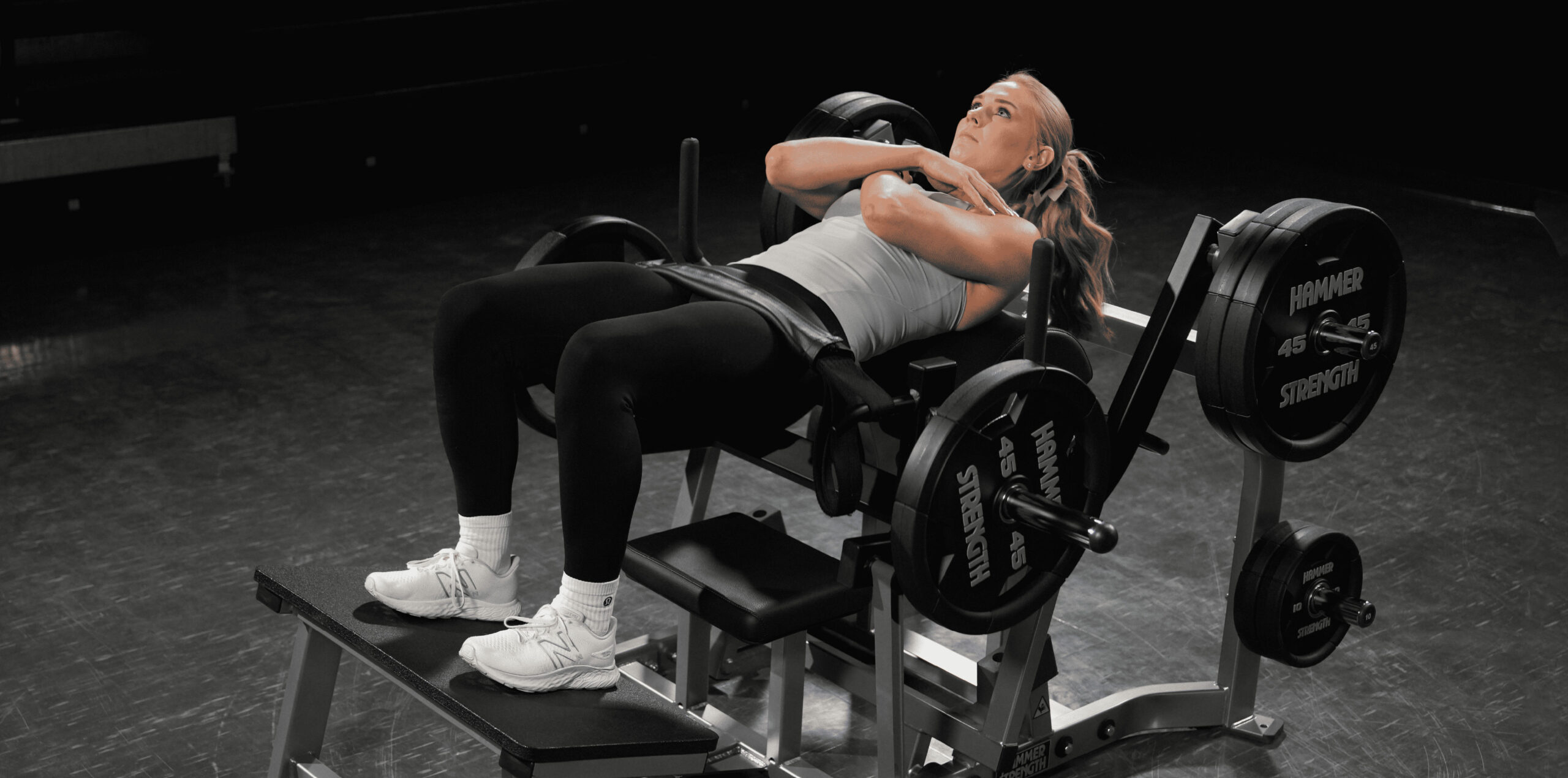
Strength training is having a moment. Many people still don’t fully understand why it matters.
As adoption grows across ages and fitness levels, resistance training remains widely misunderstood even among experienced gym-goers and fitness professionals. While its benefits for muscle growth and athletic performance are well known, other equally powerful effects often fly under the radar.
In this article, fitness entrepreneur and thought leader Luke Carlson shares his perspective on three research-backed benefits of strength training that deserve more attention. His take offers a timely prompt for trainers, coaches, and facility operators to rethink how they talk about strength and why it should be central to every fitness journey.
The Under-appreciated Benefits of Strength Training
Strength training is on the rise—and rightfully so. Once the domain of bodybuilders and athletes, it’s now embraced by people of all ages, backgrounds, and goals. Yet even with this growth, I believe most people—both casual exercisers and committed strength enthusiasts—still don’t fully understand what strength training actually does for the human body and mind.
Ask someone why they lift weights, and you’ll often hear familiar answers: build muscle, get stronger, look better. These are valid goals—but they’re only the tip of the iceberg.
The deeper, more powerful reasons to strength train are rarely discussed, even by experienced trainers and coaches. As a result, the most meaningful benefits remain overlooked—and our ability as fitness professionals to inspire and influence is limited.
Below are three of the most under-appreciated (yet critically important) benefits of strength training—each grounded in compelling scientific evidence and each offering a new lens through which to view our role as health advocates.
 1. It Protects Your Heart
1. It Protects Your Heart
The link between resistance training and cardiovascular health is a game-changer—and it challenges long-standing assumptions.
For decades, cardio was considered the heart-health modality, while strength training was seen as a tool for building muscle. But the science tells a different story.
In a comprehensive review published in the International Journal of Obesity, Dr. Barbara Strasser concluded that “resistance training is at least as effective as aerobic endurance training in reducing some major cardiovascular disease risk factors.” Similarly, a review by Dr. James Fisher and colleagues found that strength training performed to momentary muscular failure significantly improves cardiovascular fitness.
Meta-analyses also show strength training helps reduce risk factors associated with metabolic syndrome—a cluster of conditions that increase the likelihood of heart disease, stroke, and diabetes. The American Heart Association now recommends resistance training for adults with and without cardiovascular disease.
These findings should be headline news: resistance training may be the most effective tool we have to reduce cardiovascular disease risk. As fitness professionals, it’s time to dismantle the cardio vs. strength dichotomy and start positioning strength training as essential heart medicine.
 2. It Guards Against Cognitve Decline
2. It Guards Against Cognitve Decline
Emerging research highlights strength training as a powerful protector of brain health—especially in aging populations.
A meta-analysis in Psychological Review found that resistance training had a positive effect on executive function and overall cognitive performance. Even more compelling: a study in the Journal of the American Geriatrics Society tracked 100 adults over age 55 with mild cognitive impairment. After six months of high-intensity progressive resistance training, participants saw improvements in global cognition, executive function, memory, and more. Notably, aerobic training did not produce the same cognitive benefits.
We’re facing a global aging crisis, with cognitive decline impacting millions. Strength training—done properly—has the potential to be a powerful, accessible, non-pharmaceutical intervention. If your facility serves older adults or aging populations, this is a story worth telling—and a program worth building.
 3. It Reduces All-Cause Mortality
3. It Reduces All-Cause Mortality
Here’s a bold statement, backed by science: the stronger you are, the harder you are to kill.
A recent meta-analysis published in the American Journal of Preventive Medicine found that regular resistance training is associated with a reduced risk of all-cause mortality, cardiovascular disease mortality, and cancer-specific mortality. And the most surprising part? These outcomes were achieved with just 60 minutes of strength training per week—with no added benefit from doing more.
In other words, we don’t need to live in the gym to reap the life-extending benefits of strength. We simply need to prioritize it consistently, intelligently, and with the right guidance.
As we age, we’re not asked to be more flexible, more mobile, or even more active. We’re asked to be strong—to maintain function, independence, and resilience. This is the message we must embed into every strength training conversation.
Bridging the Gap Between Research and Practice
The science is clear: strength training isn’t just about aesthetics or performance—it’s a cornerstone of long-term health, vitality, and longevity.
Unfortunately, these benefits are still not widely understood. Most exercisers don’t know them. Many trainers don’t teach them. And facilities rarely program around them. That’s the gap—and that’s our opportunity.
As fitness professionals, we have both the privilege and the responsibility to educate, inspire, and elevate. We must move beyond superficial narratives and share the real “why” behind strength training. The deeper truths. The life-changing potential. The science-backed case for making strength central to every fitness journey.
Let’s start telling that story—loudly, clearly, and often.
Source: https://www.lifefitness.com/en-us/customer-support/education-hub/blog/underappreciated-benefits-of-strength-training
